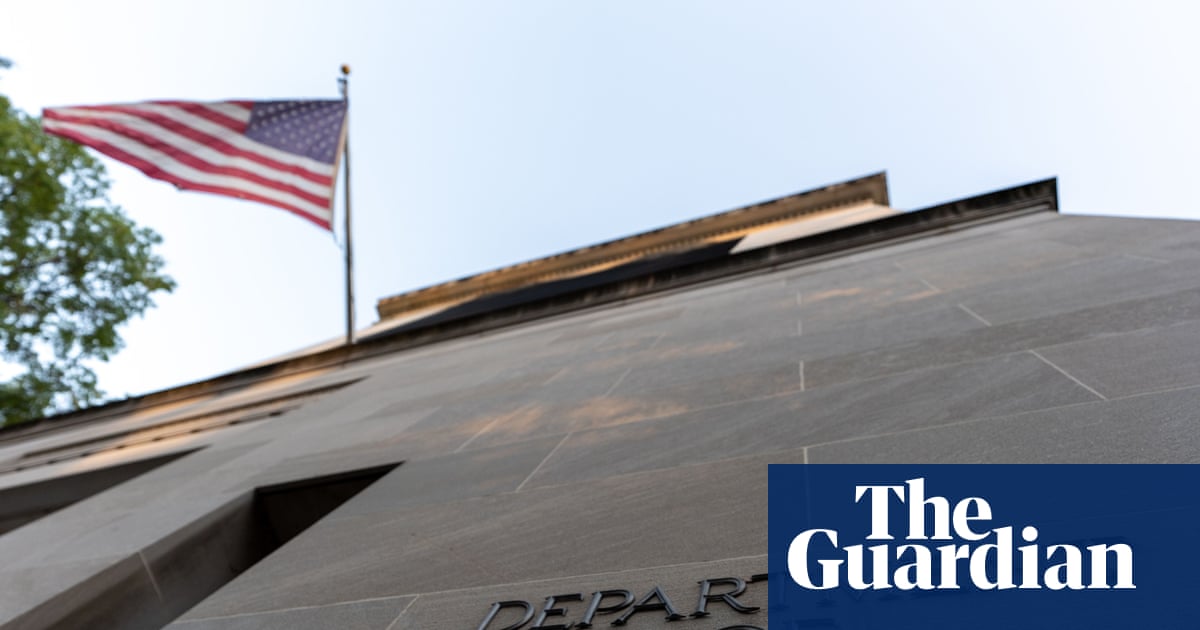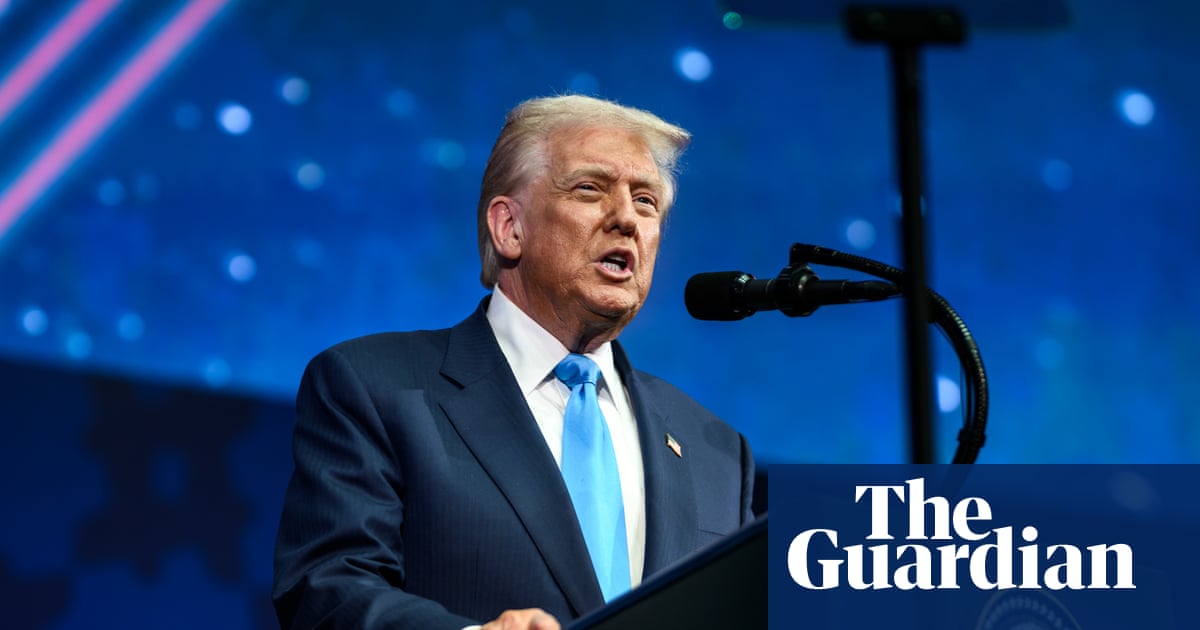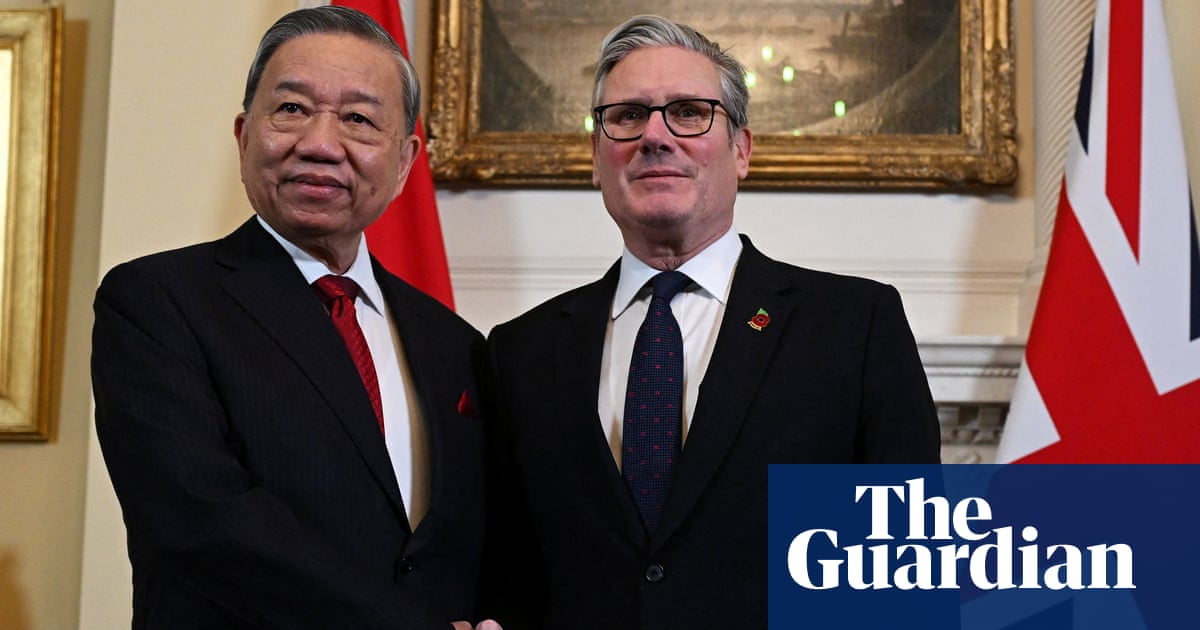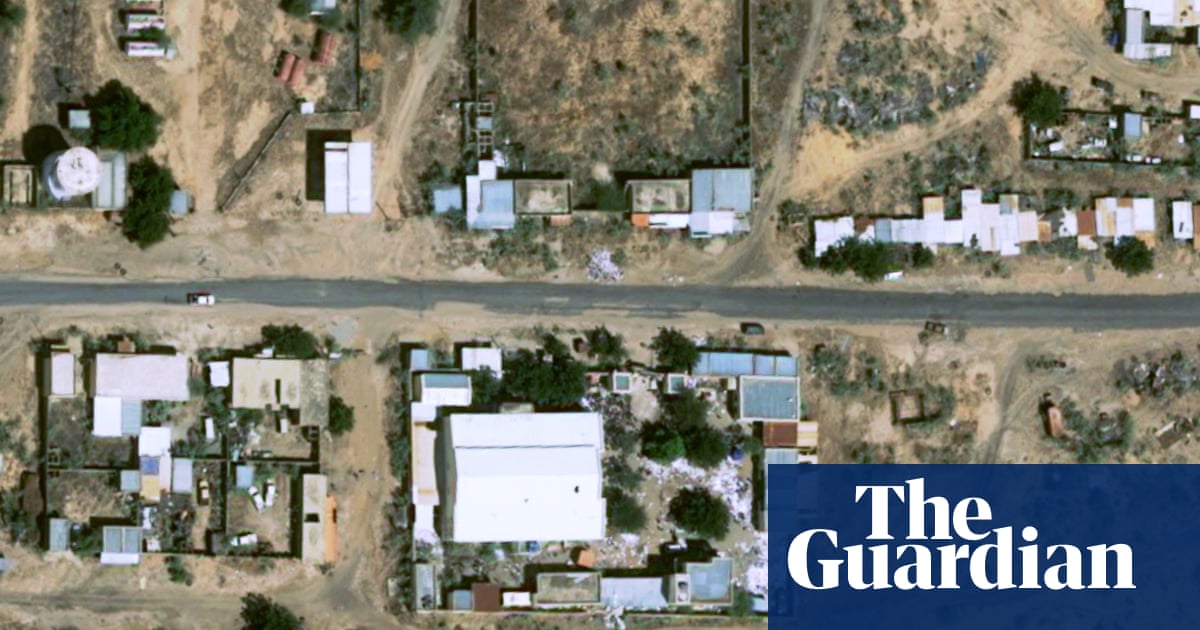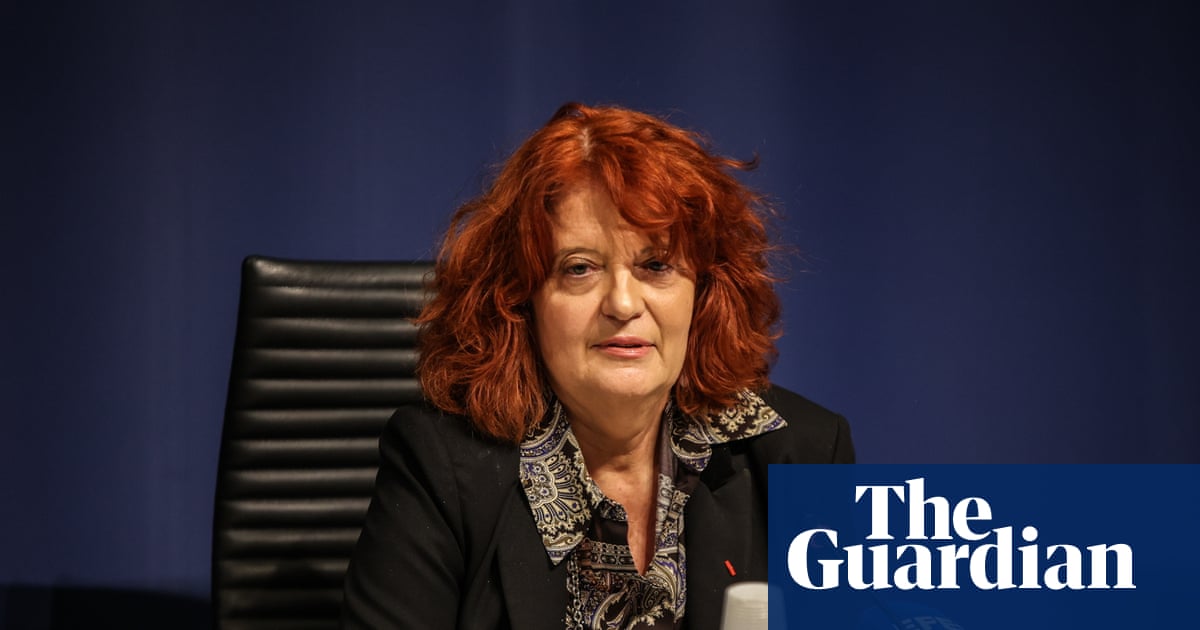Mercury is one of the world’s 10 deadliest chemicals – once extracted from the Earth’s crust, it can take centuries to break down. In 2013, more than 100 countries signed up to the Minamata convention, committing to restrict its production, export and use, and phase it out altogether.
Yet while Latin American countries claim to have ended production of the toxic element and controlled its movement across borders, they have simply driven the trade underground. A new report from the Environmental Investigation Agency (EIA) has found that mercury production is “out of control” in Mexico – the world’s second largest producer – driven by high gold prices and cartel involvement.
Through illicit networks, mercury is being smuggled into South American countries including Colombia, Bolivia and Peru. There, it fuels a gold rush in the Amazon, contaminating rivers, soil and air, and causing severe environmental and social damage.
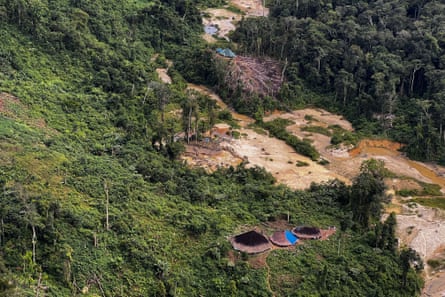
With gold prices at record highs, the mercury trade has become so lucrative that one of Mexico’s deadliest cartels has entered the business. Traffickers are smuggling the substance abroad, into tropical forests in large quantities.
“It is absurd that mercury is one of the 10 most toxic substances in the world – yet smugglers are shipping tonnes of it out of major ports without detection just by hiding it in gravel,” says Adam Dolezal, investigations coordinator at the EIA.
Over the past decade, illegal mining has soared, creating an environmental crisis. Mounting evidence of a public health catastrophe has led world leaders to agree on phasing out mercury production and banning its export for goldmining.
Mexican documents sent to the UN reported a decline in domestic mercury production from 442 tonnes in 2018 to zero in 2020, when the last mines were shut down. But EIA undercover investigators tracked 200 tonnes of mercury from the rainforests of the Amazon, thousands of miles away, to the dusty hills of northern Querétaro between 2019 and 2025.
The EIA team identified at least 19 active mines in Querétaro, producing 100 tonnes a year, with no health, safety or environmental oversight. Investigators discovered that the illegal industry not only polluted rainforests but also one of Mexico’s most biodiverse regions: the Sierra Gorda biosphere reserve.
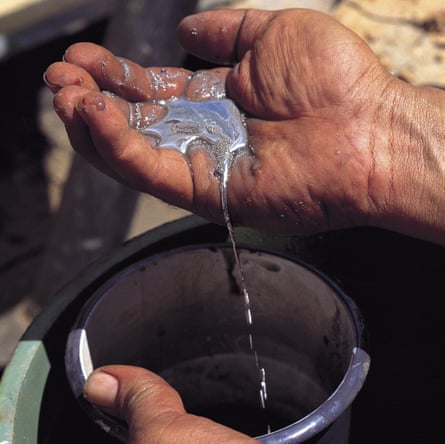
“It’s a Unesco-protected site that is home to a third of the country’s butterfly species, yet mining is daily, largely unregulated, and contaminating rivers used by at least 17 downstream communities. Some soils have mercury levels up to 150 times the safe limit,” Dolezal says.
By conservative estimates, mercury from these mines could have produced up to $8bn (£6bn) in illegal gold, and has attracted the attention of Mexican cartels, according to the report. Although the full extent of cartel involvement is unclear, the message to investigators was obvious.
“The Jalisco New Generation cartel exerts a high degree of control in some of the mines,” Dolezal says. “Our team documented armed control points, surveillance towers and threats of violence. Cartel involvement has industrialised production and in some mines, where mercury is not processed on-site, ore is trucked out in bulk under cartel control.”
The investigation led to the seizure of a five-tonne shipment of mercury hidden in gravel bags at the Peruvian port of Callao – the largest ever confiscated in an Amazonian country. The haul revealed the scale of the trade and how easily criminal networks move the toxic chemical abroad.
after newsletter promotion
Authorities, often more focused on halting the flow of cocaine through Latin America, would probably not have detected the illegal mercury shipment without the EIA tip, says Luis E Fernández, executive director of the Center for Amazonian Scientific Innovation (Cincia), which joined the operation.
Once across the border, criminal organisations extract the mercury from rock before sending it to the Amazon. In Colombia, the business is controlled by the same armed groups that run gold trafficking.
Unlike deforestation, which leaves visible scars, mercury pollution is invisible. Starting as a grey sludge, it travels undetected for hundreds of kilometres in rivers. Indigenous groups, including the Yanomami in Brazil, suspect the toxin has disrupted the rainforest’s balance.
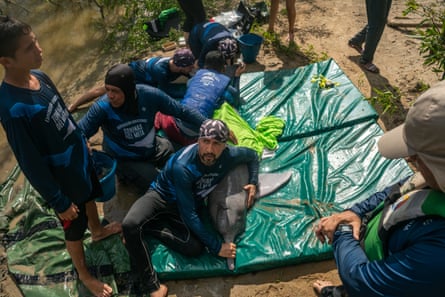
Their first warning was dead fish washing up, threatening their food supply. Later, they noticed an increase in the number of babies born with missing limbs and developmental problems. Now, they realise they are victims of vast mercury dumping into their rivers.
“We don’t know the full effect, but we know there is no cure,” says Dario Kopenawa Yanomami. “Experts have already told us the mercury will remain in the water and soil for at least 10 years. It’s very worrying.”
Illegal mining in the Amazon has risen by 50% in six years (between 2018 and 2024), and experts consider its impact devastating for the world’s most biodiverse ecosystems. A study in Yanomami territory found that local communities are highly exposed to mercury through fish consumption, according to safety levels established by the World Health Organization.
These communities rely on fish as their primary source of protein. Although species low on the food chain may contain traces of the toxin, predators that eat hundreds or thousands of fish annually concentrate it at dangerous levels.
The toxic metal is especially harmful to children, causing neurological disorders, learning disabilities, and visual and motor problems. The same study found mercury present hundreds of kilometres upstream from the mines, suggesting even isolated groups are being poisoned.
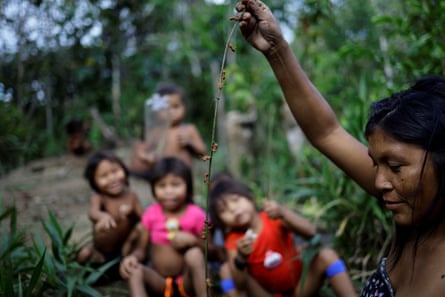
“Illegal goldmining is one of the greatest evils that afflict riverside communities and Indigenous populations in South America,” says Antenor Vaz, a specialist at an Indigenous people’s rights group, who was not involved in the report. “The indiscriminate use of liquid mercury contaminates numerous waterways, the food chain from these waters and all the populations that depend on this source of food and water.”
Unless Latin American countries take the international mercury trade seriously, it will not stop, the report’s authors say. They call on Mexican authorities to regain control of Querétaro’s mines from organised crime and shut them down, and urge greater information sharing, the use of artificial intelligence to combat smuggling and the closing of loopholes in the Minamata convention.
“The silence or absence of states in fighting these crimes does not mean neutrality,” Vaz says. “It means complicity.”

 3 months ago
50
3 months ago
50


